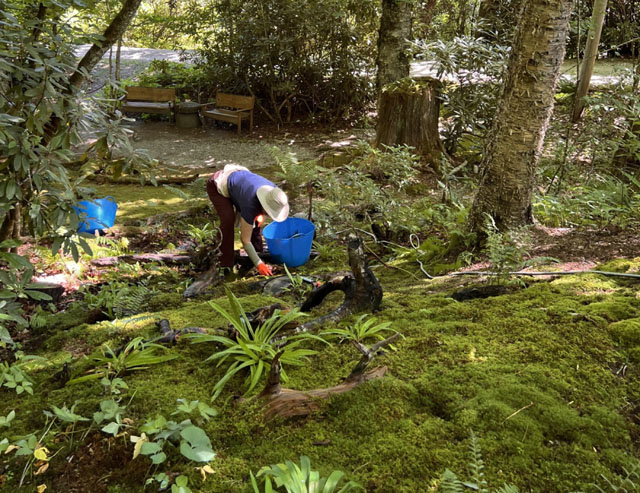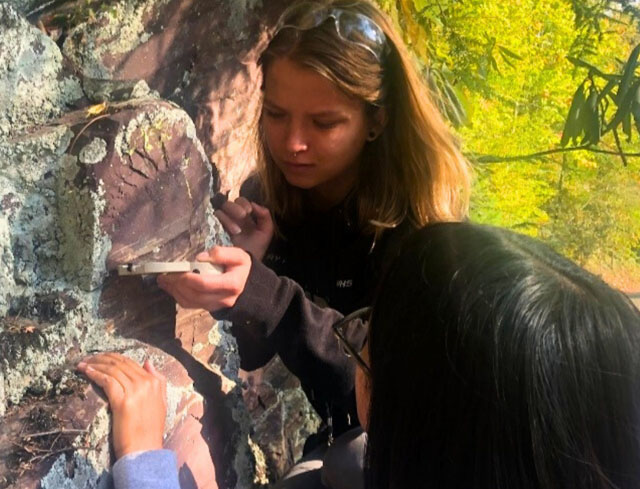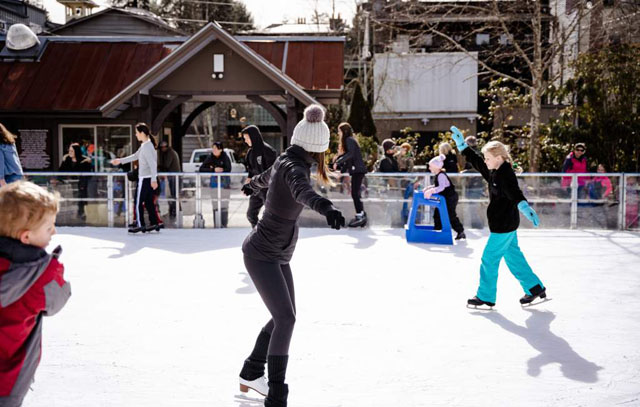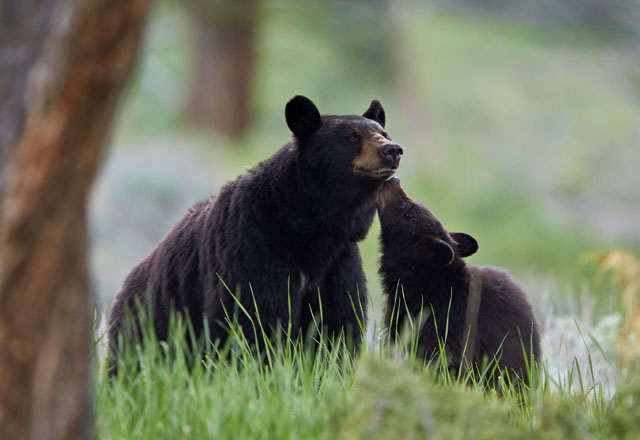Bouncing Back in the High Country
03 Apr 2025
Asheville and neighboring towns stay strong after Hurricane Helene
April-May 2025
Written By: IRENE MIDDLEMAN THOMAS
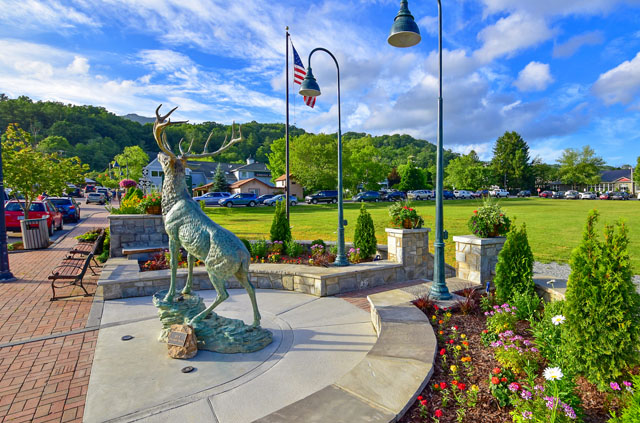
Visitors and residents of the Highlands-Cashiers Plateau often spend time in the Asheville region. They fly into the airport and linger for a day or two or make a day trip by car to explore the city and all it has to offer—hiking, fishing, shopping and dining or a leisurely drive through the region. While the plateau quickly recovered, the shared sense of loss could be felt throughout the community, and outreach to a beloved neighbor was quick and continued.
Thankfully, except for a few areas, like Swannanoa, and despite the historic devastation Hurricane Helene left in her wake just months ago, the Asheville region is open and thriving. This eclectic, energetic region displayed extraordinary resilience, a passion for recovery and a hearty population that dug in and ultimately dug out.
Power is fully restored, and potable water is widely available across the region. Travel and transportation officials cleared all of Buncombe County, Asheville, Black Mountain and Weaverville as safe for travel. The Asheville Regional Airport is fully open, and critical highways are accessible. All of Interstate 40, connecting Western North Carolina and Eastern Tennessee, is reopened. The Asheville Regional Airport’s historic $400 million expansion remains on track, with a portion of its new concourse slated to open in June.
In December 2024, the National Park Service designated the Blue Ridge Parkway a National Historic Landmark, the highest federal recognition of a property’s historical, architectural or archeological significance. The 469-mile parkway continues to reopen in phases.
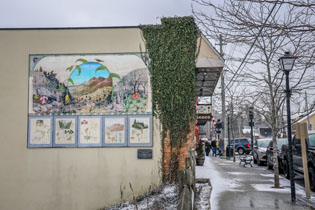
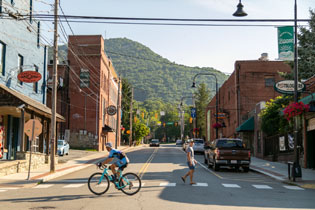
A recent New York Times feature includes indomitable Asheville in its “52 Places to Go in 2025” and the city made the “Forbes Travel Guide Top 12 Destinations for 2025.”
Asheville was also chosen for the James Beard Foundation’s Chef Action Summit from April 6-8, thanks to its resiliency after Helene, vibrant food scene and status as a hub for climate science — one of four NOAA National Centers for Environmental Information is in Asheville. The summit brings together more than 200 chefs, advocates and industry leaders for three days of policymaking, advocacy and storytelling to address critical issues facing the independent restaurant industry and broader food system.
“In the aftermath of Hurricane Helene, Asheville’s independent restaurants showed us what resilience, tenacity and resourcefulness truly mean — and that’s precisely the spirit we need to transform our food system,” says Clare Reichenbach, CEO of the James Beard Foundation. Long celebrated for its rich food culture and independent restaurant scene, Asheville is home to more than 20 James Beard Award-nominated and winning chefs and pastry chefs.
Asheville is also known for its artisan bread scene. The Asheville Bread Festival, which takes place every two years, celebrates bread in all its glory. This year’s festival takes place April 26 -27. Its theme is “A Sense of Place," highlighting the region’s abundant, distinctive nature and resilience. Artisan bread enthusiasts and professional bakers alike are drawn to this networking and idea-sharing event.
Asheville and its surrounding Blue Ridge Mountain communities are optimistic that locals and tourists will embrace opportunities to explore re-openings and new openings this season. New restaurants have opened, and beloved favorites are back in business, including 2020 James Beard semifinalist Ashleigh Shanti’s modern-day fish camp restaurant, Good Hot Fish. The renowned Biltmore Estate and the Omni Grove Park Inn are also open. In the River Arts District, many open galleries are featuring the work of artists who lost their studio spaces in the storm.
As a testimonial to community spirit, the Asheville Art Museum focuses this year’s programming on stories that reflect the region’s past, present and future. “Asheville Strong: Celebrating Art and Community After Hurricane Helene” highlights resilience and connection within the region, featuring work by artists from Appalachian counties impacted by the storm. The program opened February 13 and runs through May 5.
The Museum of Costume Jewelry, the first of its kind in the nation, will open in downtown Asheville in June. It will house an enormous collection of iconic 20th-century jewelry and fashion accessories, ranging from Art Deco cocktail rings to 1950s Lucite jewelry.
In Asheville’s Southside neighborhood, The YMI Cultural Center (YMI), which was mostly undamaged by the storm, will welcome visitors again later this year after a $6 million renovation. The YMI has developed various cultural programs and exhibitions of art and artifacts from Asheville to Africa, preserving the heritage of African Americans in Buncombe County and restoring the institution’s 130-year legacy as the heart of the “Block,” Asheville’s historic Black business district.
Post-Helene press coverage has largely focused on Asheville. Fortunately, most surrounding, hard-hit areas are also well on the path to recovery.
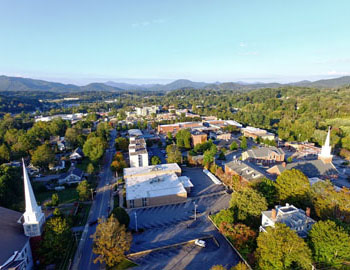

Banner Elk, left isolated when Helene washed out all roads into and out of town, is back to being a walkable resort town. Wilderness Run Alpine Coaster and the adjacent Wilderness Run Adventure Course are operating. Traditional summer festivals and art shows are on the calendar, such as “Art on the Greene,” whose four 2025 dates are Memorial Day weekend - May 24-25, Fourth of July weekend - July 5-6, August 2-3, and Labor Day weekend - August 30-31. Although Tate-Evans Park and part of the Banner Elk Greenway will be closed through summer, Wildcat Lake and Beach are open for all activities.
Blowing Rock recovered quickly after minimal impacts to infrastructure and properties and worked to help support neighboring communities in the immediate aftermath of Helene. Routes and activities are open, and attractions are operating on regular schedules.
The quaint town of Boone and the High Country are steadily bouncing back, and many businesses reopened within weeks of Helene’s wrath. Traditional spring and summer events are still planned, including the Blowing Rock Trout Derby - May 3, the Grandfather Mountain Rhododendron Ramble - May 24-June 1, the High Country Jazz Festival - June 13-15 and the Boonerang Music & Arts Festival - June 19-22. The trails on the Blue Ridge Parkway near Boone are accessible; however, Boone Fork Loop and Linville Falls Trail remain closed due to storm damage.
Waynesville was battered by Helene but is recovering through passion and determination. Shops and restaurants have reopened in new sites or have rebuilt with the help of grants and volunteers. Nearby Blue Ridge Parkway’s scenic drives are accessible and, as usual, bursting with springtime beauty. The Appalachian Heritage Festival, honoring mountain crafts and music through demonstrations and performances, is on for May 2-3, while most Pisgah National Forest outdoor adventures are also open.
As the billboards near the airport proudly broadcast, “Western North Carolina Strong. Together we will come back STRONGER.” It has, indeed.

